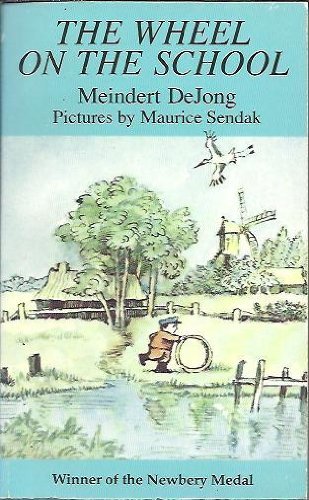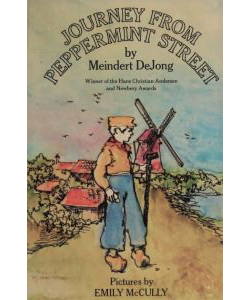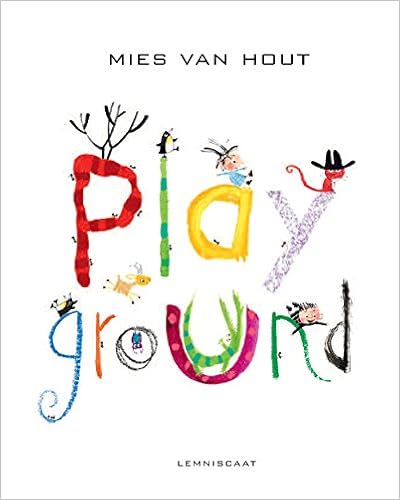This winner of the 1955 Newbery Award Medal is a winner indeed. The children of Shora, a small village on the Netherlands coast, all six of them, realize one day that the storks never come to Shora to nest. Storks nest on the roofs of houses in other neighboring villages, but not in Shora.
So, the children, along with their schoolteacher, team up to find out why the storks don’t nest in Shora and to fix it so that they do. The project is a difficult one, and the children intend to work hard to bring the storks, or at least one stork, to Shora as the birds begin to migrate to the Netherlands from their homes in Africa. Their teacher tells them to begin by wondering:
“We can’t think much when we don’t know much. But we can wonder! From now until tomorrow morning when you come to school again, will you do that? Will you wonder why and wonder why? Will you wonder why storks don’t come to Shora to build their nests on the roof the way they do in all the villages around? For sometimes when we wonder, we can make things begin to happen.”
p.6
Meindert DeJong has such a way with words, and the black and white drawings in this book by Maurice Sendak are just right, not too intrusive so that readers have room to wonder and create their own pictures of the story but with enough detail so that we can know what a stork looks like or what kind of wheel the children are looking for.
Such a good read aloud selection! But if you don’t have time to read it aloud, introduce the first chapter or two at least, and I believe most children would be drawn into the story. The culture is a bit different from American twenty-first century culture. The children are more “free range”, and the adults are both more irascible and more helpful and approachable than adults are in my city/suburban community. Shora is a small village, after all. But children are children everywhere, and these six Dutch children are imaginative, cooperative, and most of all persistent. And sometimes children with those qualities can make things begin to happen.







